Share this
PIV & Pulse Generators: Novel Applications in Particle Image Velocimetry
July 23, 2021
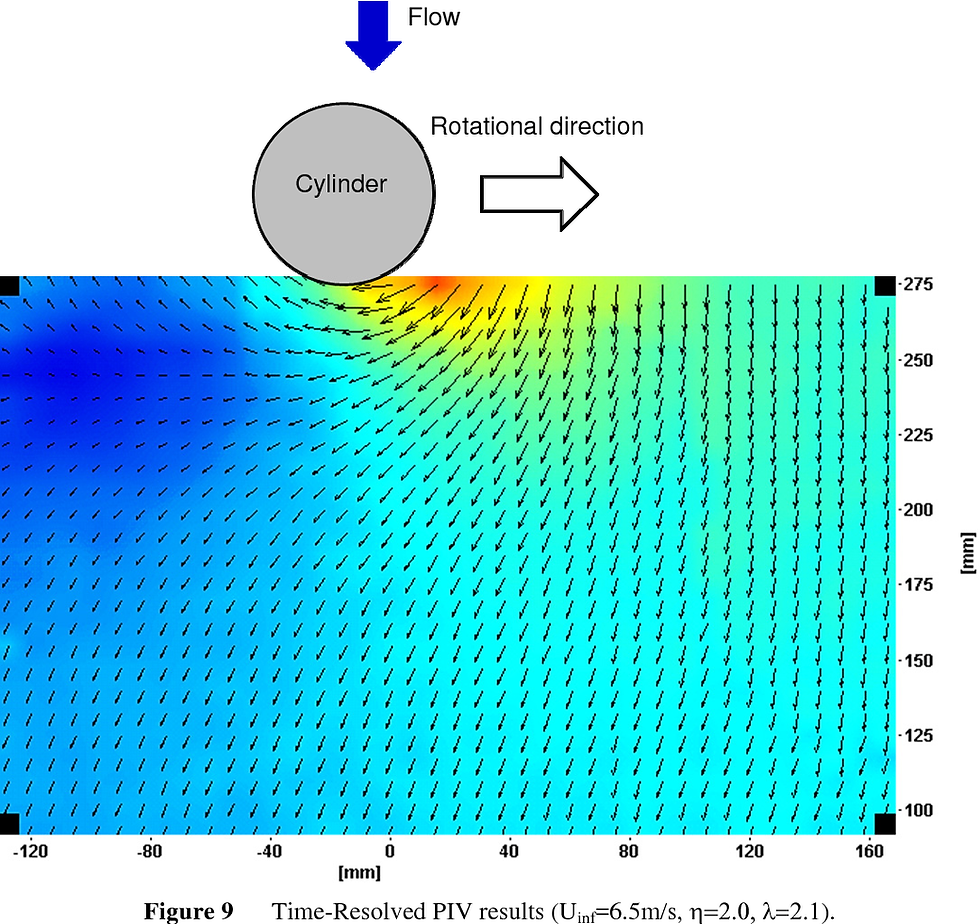
Particle Image Velocimetry (PIV), is an optical research tool used to study fluid dynamics through the visualization of 3D flow fields. It is commonly used by research labs across government, academic, and commercial sectors to discover how particles flow in and around a system or field of liquid or gas. Its applications run far and wide as researchers look for insights into particle behaviors in 3D and beyond the traditional planar data sets.
PIV measures the velocity field of a region when the flow is illuminated and measured simultaneously. Light scattering particles are added to the flow, while a laser beam is formed into a light sheet illuminating the particles. PIV imaging devices then translate a series of precisely timed images into quantitative flow field data which yields a dynamic 3-dimensional map of the subject area. While the concept behind the experiments remains consistent, PIV researchers continue to find new and different applications that expand existing knowledge and breeds scientific innovation.
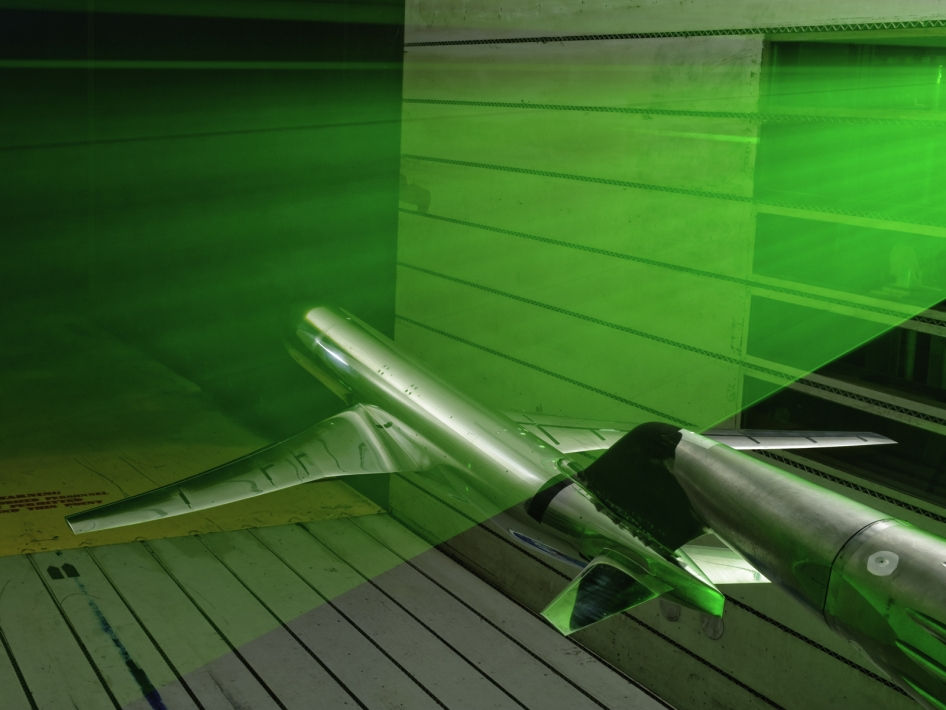
Jet Flow Studies: Planes, Trains, and Turbines
Researchers and engineers use PIV when studying the aerodynamics of an aircraft, vehicle, or turbine device. High-resolution PIV measurements help engineers study supersonic jet flows, turbulent flow fields, and trailing vortices, among others. While a variety of studies have been done on aircraft and jet flows, new research has even demonstrated complex flow patterns under a high-speed train, or measuring the lift force required to generate electricity by a Magnus Turbine.
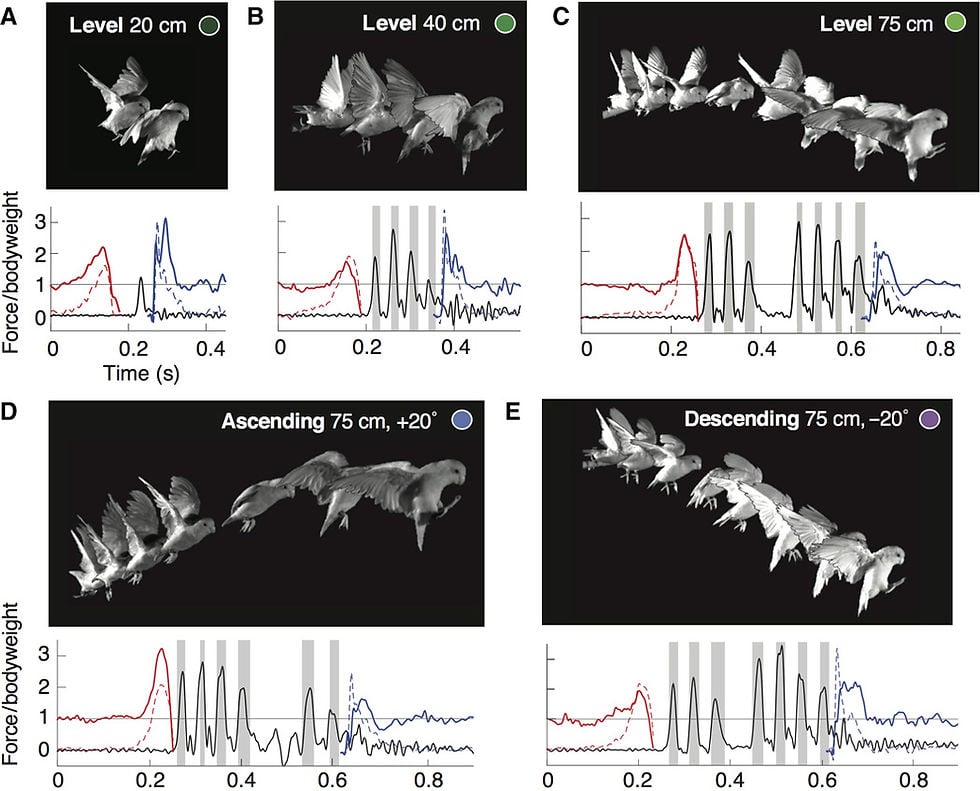
PIV From Ocean to Sky: Studies of Birds, Bats, & Whales
Academic and environmental researchers use PIV to visualize the streams created by animal locomotion. These studies analyze the natural and enhanced patterns of drag and flow to inform the design of automotive and other propelled devices. Each study utilizes force sensors and kinematic cameras triggered by pulse delay generators for precise mapping.
Wind tunnel measurements can help determine the flow in bimodal bird locomotion, or measuring the airfoil leading edge of the wing of a Brazilian bat or humpback whale.
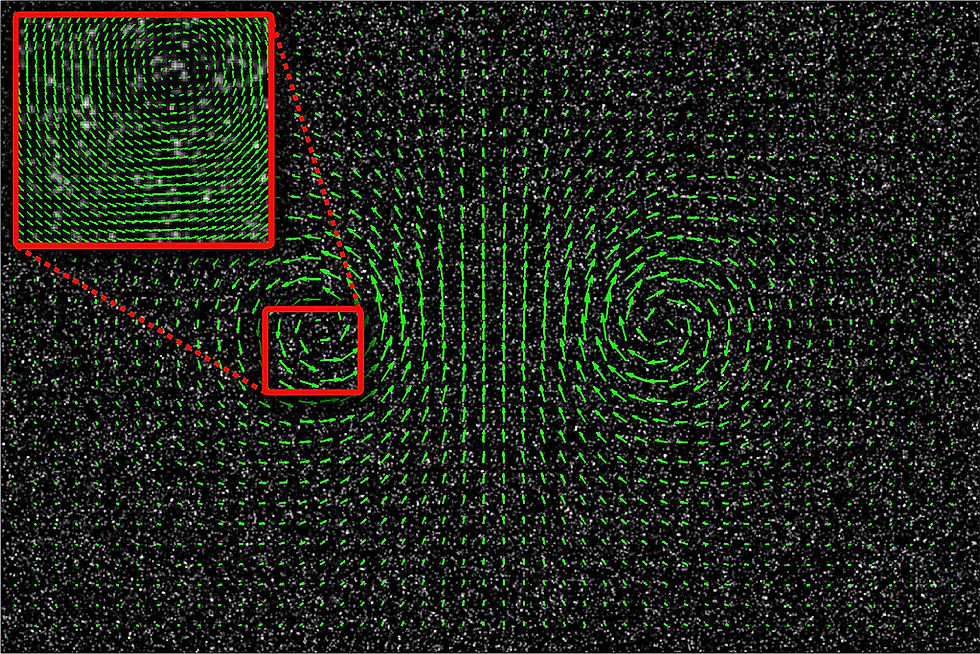
Other Innovative Uses for PIV with High
Speed Timing/Sports Drag: In a paper by the International Sports Engineering Association, researchers used PIV to determine the drag coefficient of a moving athlete and compare the drag between smooth and rough fabrics used in sports clothing. Read the results.
Medical Applications: PIV test systems help develop models that inform medical device engineers where and how particles flow (like tunnel-to-vortex formations) and are used to analyze the inner workings of blood vessels, prosthetic heart valves, and artificial organs for heart and lung transplants. This information is critical in high-risk devices like mechanical circuitry, cardiac, and respiratory assist devices, where flows are simulated before prototype development or in-vitro or in-vivo testing. Pre-clinical data-set analysis can then recommend changes to improve performance without having to build actual device prototypes.
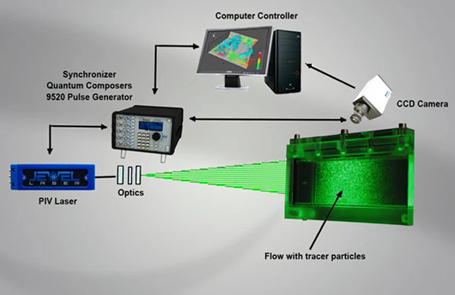
Lasers and Pulse Generators for PIV
Technical advancements in accuracy and resolution continue to improve the data generated from PIV methods. Precise synchronization between the laser and the camera is critical for producing a high-quality data set.
Quantum Composers’ high specification pulse delay generators operate in timing steps of up to 5ps with low jitter and easy to program memory settings to ensure full control of activation signals. Researchers can be sure that their applications and experiments maintain competitive levels of accuracy.
The MicroJewel DPSS Nd: YAG laser is a popular fit for portable PIV research applications, while the Jewel is a versatile and higher-powered laser for a broad range of PIV experiments.
Contact the experts at Quantum Composers to discuss the parameters of your PIV experiment.
References:
Images from Wikipedia
Z D Kravtsov et al 2016 J. Phys.: Conf. Ser. 754 072001 (https://iopscience.iop.org/article/10.1088/1742-6596/754/7/072001/pdf)
Share this
- photonics (19)
- Lasers (12)
- DPSS Lasers (10)
- pulse delay generator (8)
- pulse generator (8)
- LIDAR (4)
- Lasers and Optics (4)
- Technology (4)
- Laboratory Science (3)
- Nd:YAG Lasers (3)
- PIV (3)
- Science (3)
- Spectroscopy (3)
- custom laser systems (3)
- Aerospace studies (2)
- Commercial Lasers (2)
- LIBS (2)
- Laser Induced Breakdown Spectroscopy (2)
- Laser Research (2)
- Laser Science (2)
- Particle Image Velocimetry (2)
- Pulsed Lasers (2)
- custom lasers (2)
- laser ablation (2)
- laser system (2)
- Biotech (1)
- COVID (1)
- Cancer (1)
- Cancer Diagnostics (1)
- Cancer Research (1)
- Current Generators (1)
- Dentistry (1)
- Emerald Pulse Generator (1)
- Flame Kernel (1)
- High Current Pulse Generator (1)
- Ignition and Combustion (1)
- Ignition flame kernel (1)
- Laser Dentistry (1)
- Laser Manufacturing (1)
- Laser Soldering (1)
- Laser Tooth (1)
- Laser aerospace (1)
- Laser photonics (1)
- MDA (1)
- Mass Spectroscopy (1)
- Micro Soldering (1)
- PIV Laser (1)
- Physics (1)
- Research (1)
- Surface mounted technology (1)
- ablation (1)
- artemis nasa (1)
- blue lasers (1)
- delay generator (1)
- er marketing (1)
- laser attenuator (1)
- laser modules (1)
- laser quality (1)
- laser sales and marketing (1)
- laser synchronizer (1)
- lasers for botanical safety (1)
- lasers for cannabis (1)
- lasers purity (1)
- lasers space (1)
- lunar mission 2021 (1)
- lunar missions (1)
- nasa lasers (1)
- nasa payload (1)
- oem lasers (1)
- photonics sales and marketing (1)
- system synchronizer (1)
- February 2024 (1)
- October 2023 (1)
- December 2022 (1)
- November 2022 (2)
- July 2022 (1)
- May 2022 (1)
- March 2022 (1)
- January 2022 (1)
- December 2021 (2)
- November 2021 (2)
- September 2021 (1)
- August 2021 (1)
- July 2021 (2)
- June 2021 (1)
- May 2021 (2)
- April 2021 (1)
- March 2021 (3)
- February 2021 (1)
- January 2021 (2)
- December 2020 (1)
- November 2020 (2)
- October 2020 (2)
- September 2020 (4)
- August 2020 (3)
- July 2020 (3)
- June 2020 (4)
- May 2020 (2)
- April 2020 (6)
- March 2020 (3)
- February 2020 (3)
- December 2019 (2)
- November 2019 (3)
- October 2019 (2)
- September 2019 (1)
- August 2019 (2)
- May 2019 (1)
- April 2019 (1)
- February 2019 (1)
- October 2018 (2)
- September 2018 (2)
- August 2018 (2)
- July 2018 (1)
- June 2018 (1)
- April 2018 (1)
- March 2018 (1)
- February 2018 (1)
- January 2018 (1)
- December 2017 (2)
- September 2017 (3)
- July 2017 (2)
- June 2017 (2)
- March 2017 (4)
- January 2017 (2)
- November 2016 (2)
- September 2016 (2)
- August 2016 (1)
- May 2016 (1)
- April 2016 (1)
- March 2016 (2)
- December 2015 (2)
- October 2015 (2)
- September 2015 (1)
